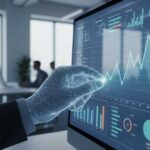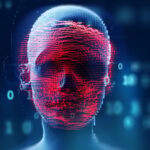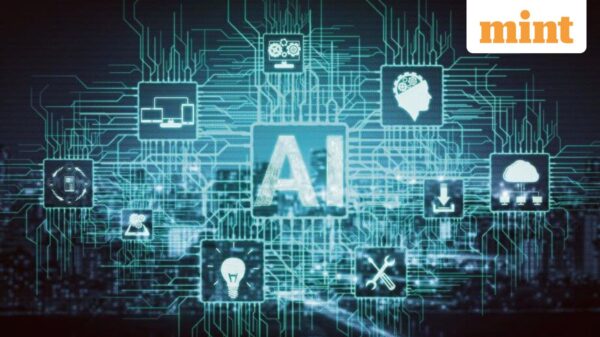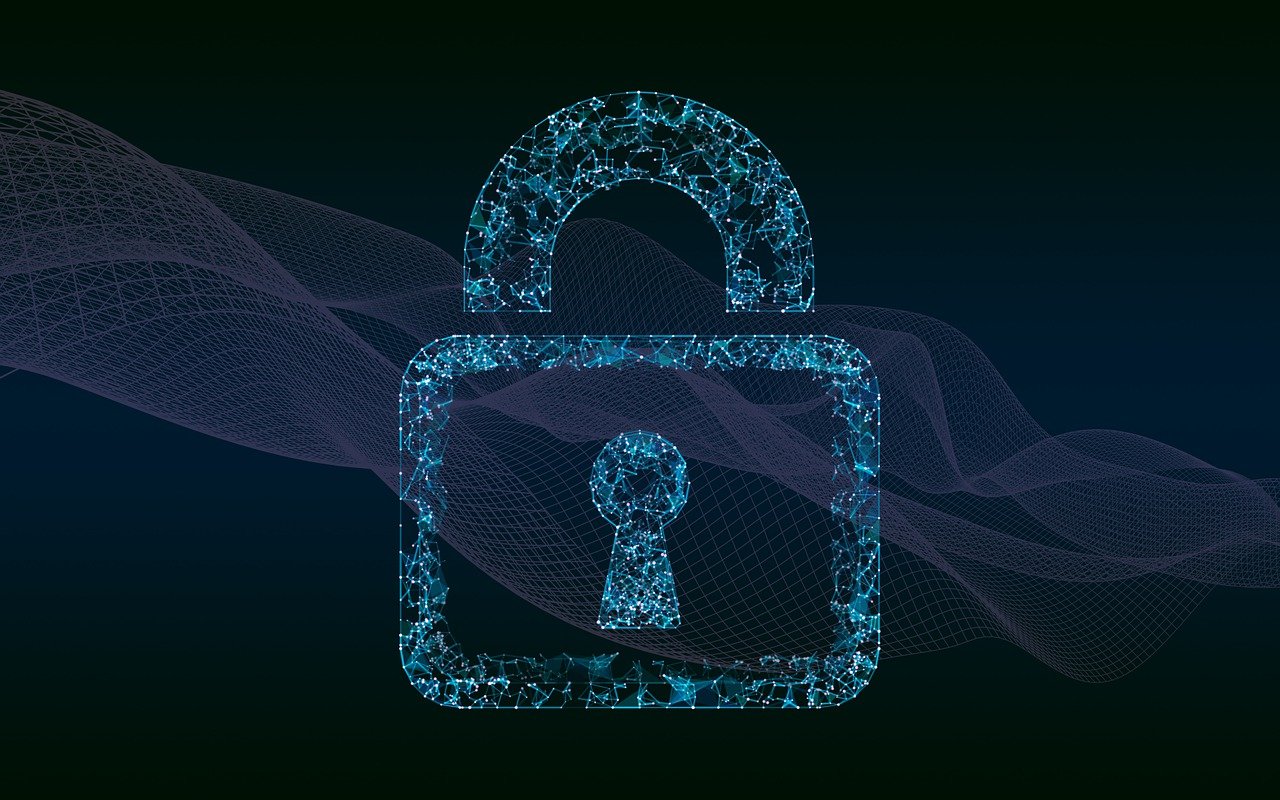In the ever-evolving digital realm, cybersecurity has solidified its status as a paramount concern for organizations across various sectors. As cyber threats grow more sophisticated, the demand for innovative defense mechanisms has surged. Notably, artificial intelligence (AI) has emerged as a transformative force in cybersecurity, significantly enhancing real-time threat detection capabilities. This article delves into how AI-powered cybersecurity tools are reshaping defenses to effectively combat the dynamic landscape of cyber threats.
The Role of AI in Cybersecurity
AI enhances cybersecurity through the use of machine learning models and behavioral analytics, facilitating quicker and more accurate threat detection than traditional methods allow. AI systems establish baselines for normal behavior within networks and endpoints, continuously monitoring for anomalies that may indicate cyberattacks such as zero-day exploits, ransomware, or insider threats.
Advanced behavioral AI detection can identify new attack patterns by analyzing extensive datasets from both cloud and on-premises environments, thus enabling predictive threat identification. Moreover, AI automates the incident response process by prioritizing risks and executing containment strategies without human intervention, which minimizes response times and mitigates potential damage.
Leading AI Cybersecurity Tools in 2025
As of 2025, several AI-driven cybersecurity platforms are at the forefront of the market, each offering unique capabilities for real-time threat detection:
- SentinelOne provides autonomous threat prevention through AI agents that secure endpoints, servers, and cloud workloads. Its Cyber AI Analyst automates threat triage, easing the burden on human analysts.
- CrowdStrike Falcon employs large-scale machine learning models trained on trillions of security events weekly to detect sophisticated endpoint threats and risks associated with container security.
- Check Point’s Infinity AI Security Services utilize over 50 AI engines, leveraging extensive global threat data for proactive defenses, zero-trust enforcement, and Secure Access Service Edge (SASE) capabilities.
- Darktrace ActiveAI employs self-learning behavior modeling and anomaly detection to pinpoint stealthy threats, autonomously containing attacks via its Antigena response system.
- Vectra AI focuses on network detection and response by analyzing metadata to reveal lateral movements, privilege escalation, and command-and-control behaviors, even in encrypted traffic.
These tools combine AI threat detection with automated response workflows, offering comprehensive protection across hybrid and cloud infrastructures.
How Real-Time Threat Detection Functions with AI
Real-time threat detection via AI involves the continuous monitoring of network traffic, endpoints, and cloud workloads. AI algorithms analyze data streams to establish behavior baselines and promptly flag deviations that may indicate potential threats. This ongoing data collection and machine learning allow for dynamic adjustments to new tactics employed by attackers.
Automated remediation mechanisms can swiftly isolate compromised devices, block malware execution, or quarantine suspicious activities within the network. The capacity to identify threats as they arise substantially enhances security posture, reduces dwell time, and limits the impact of breaches.
Advantages and Challenges of AI in Cybersecurity
While the adoption of AI in cybersecurity yields numerous benefits, it also presents several challenges:
- AI offers faster and more precise detection of emerging threats compared to traditional signature-based approaches.
- AI-driven prioritization and automated incident investigations help reduce alert fatigue.
- AI enhances scalability and coverage across complicated IT environments, including cloud-native and hybrid systems.
- It enables proactive threat hunting and predictive risk assessments to preempt potential attacks.
- Operational efficiency improves as routine security tasks are automated, allowing human analysts to concentrate on strategic defenses.
However, challenges include the risk of AI bias and false positives, which can lead to unnecessary alerts or missed threats if models are inadequately trained. Additionally, sophisticated attackers are increasingly leveraging AI-driven offensive tools that can evade existing defenses. Concerns around transparency, ethical usage, and regulatory compliance in AI decision-making remain significant. Finally, integrating AI capabilities into existing security architectures can be complex.
Future Trends in AI-Powered Cybersecurity
Looking forward, AI-powered cybersecurity is anticipated to evolve significantly:
- The adoption of generative AI models for threat hunting, malicious code analysis, and security automation is expected to grow.
- AI defenses are likely to expand into cloud, container, and serverless environments, providing granular protection for workloads.
- Governance frameworks around AI will enhance, focusing on explainability, bias reduction, and ethical standards.
- Collaboration between AI platforms and human experts is expected to create hybrid defense teams, combining strengths for better protection.
- Ongoing innovation in AI algorithms will be crucial for keeping pace with rapidly evolving cyber threats.
AI has become essential in modern cybersecurity strategies, facilitating real-time threat detection and dynamic response capabilities. The latest AI-driven security tools provide robust protection against the sophisticated and swiftly changing landscape of cyber threats. As these technologies mature and further integrate into cybersecurity infrastructures, they promise to enhance defensive capabilities while addressing trustworthiness and adversarial use challenges.
Frequently Asked Questions
What organizational challenges hinder effective AI adoption in cybersecurity?
Organizations often encounter technical hurdles like integrating AI with legacy systems and ensuring high-quality data availability for AI training. Cultural and procedural barriers, such as insufficient automation and fragmented security processes, also play a role.
How can AI-driven cyber threats pose risks to organizations?
While AI enhances defenses, adversaries can also leverage AI to run more convincing phishing campaigns, automate malware distribution, and execute sophisticated attacks, like AI-powered DDoS, which overwhelm systems.
What privacy concerns arise from utilizing AI in cybersecurity?
AI systems process vast amounts of data, including sensitive personal information, raising concerns about excessive data collection and compliance with privacy regulations such as GDPR.
How should organizations maintain compliance and ethical standards while deploying AI in cybersecurity?
Organizations should regularly audit AI models for bias and fairness, implement robust data governance policies, and adhere to evolving legal standards to build trust and meet compliance requirements.
- 1 The Role of AI in Cybersecurity
- 2 Leading AI Cybersecurity Tools in 2025
- 3 How Real-Time Threat Detection Functions with AI
- 4 Advantages and Challenges of AI in Cybersecurity
- 5 Future Trends in AI-Powered Cybersecurity
- 6 Frequently Asked Questions
- 6.1 What organizational challenges hinder effective AI adoption in cybersecurity?
- 6.2 How can AI-driven cyber threats pose risks to organizations?
- 6.3 What privacy concerns arise from utilizing AI in cybersecurity?
- 6.4 How should organizations maintain compliance and ethical standards while deploying AI in cybersecurity?
 SMBs Must Update Cybersecurity Policies as AI Investment Rises, Warns CPA Australia Report
SMBs Must Update Cybersecurity Policies as AI Investment Rises, Warns CPA Australia Report Anthropic’s Claims of AI-Driven Cyberattacks Raise Industry Skepticism
Anthropic’s Claims of AI-Driven Cyberattacks Raise Industry Skepticism Anthropic Reports AI-Driven Cyberattack Linked to Chinese Espionage
Anthropic Reports AI-Driven Cyberattack Linked to Chinese Espionage Quantum Computing Threatens Current Cryptography, Experts Seek Solutions
Quantum Computing Threatens Current Cryptography, Experts Seek Solutions Anthropic’s Claude AI exploited in significant cyber-espionage operation
Anthropic’s Claude AI exploited in significant cyber-espionage operation





























































